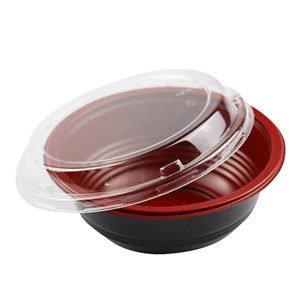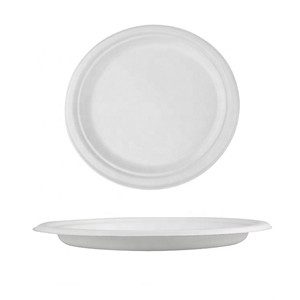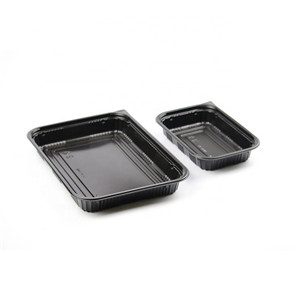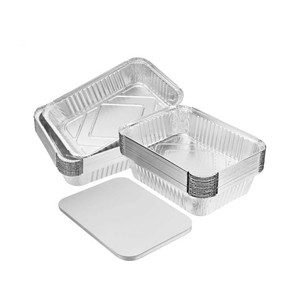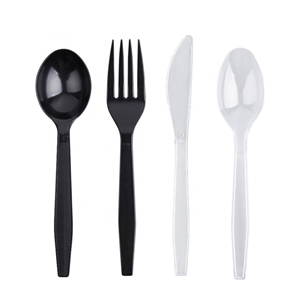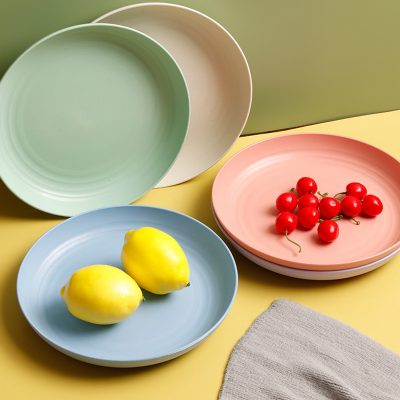Introduction: Plates and bowls are fundamental pieces of tableware that serve as the canvas for our culinary creations. Beyond their aesthetic appeal, these dining essentials are meticulously designed to enhance the dining experience. In this blog, we delve into the art and science behind plates and bowls, exploring their various designs, materials, and functionalities that make them essential components of any dining setting.
- The Aesthetics of Plates and Bowls Plates and bowls come in a myriad of shapes, sizes, and designs, reflecting diverse cultural influences and artistic creativity. From classic round plates to modern square or rectangular ones, each shape offers unique possibilities for food presentation. The choice of colors and patterns further adds to the aesthetics, elevating the overall dining ambiance.
- The Science of Ergonomics and Functionality Apart from aesthetics, the design of plates and bowls also focuses on functionality and ergonomics. The curvature and depth of bowls are tailored to enhance the eating experience, allowing easy access to every bite. Plates are designed with raised edges to prevent spills and facilitate easy cutting and serving. Additionally, the weight and balance of tableware play a crucial role in ensuring comfortable handling.
- Material Matters: The Importance of Tableware Materials The material used in the production of plates and bowls significantly impacts their performance. Ceramic and porcelain are popular choices for their elegance and durability. Stoneware and earthenware offer a more rustic charm. Meanwhile, glass plates and bowls showcase the beauty of the food. Additionally, recent innovations have introduced sustainable materials like bamboo and biodegradable plastics, catering to the environmentally-conscious consumer.
- Specialized Tableware: Beyond the Basics In specialized dining settings, plates and bowls take on unique characteristics. Deep and wide-rimmed pasta bowls provide the perfect vessel for indulging in Italian dishes, while sushi plates showcase the artistry of Japanese cuisine. In fine dining, tiered plates add sophistication to dessert presentations. Understanding the specific purpose of each type of tableware enhances the overall dining experience.
Conclusion: Plates and bowls represent the perfect union of art and science in the culinary world. Their diverse designs, materials, and functionalities cater to both aesthetic sensibilities and functional needs. Whether enjoying a casual meal or dining in an upscale restaurant, the careful consideration of plates and bowls elevates the dining experience to a level where visual delight meets culinary satisfaction.



